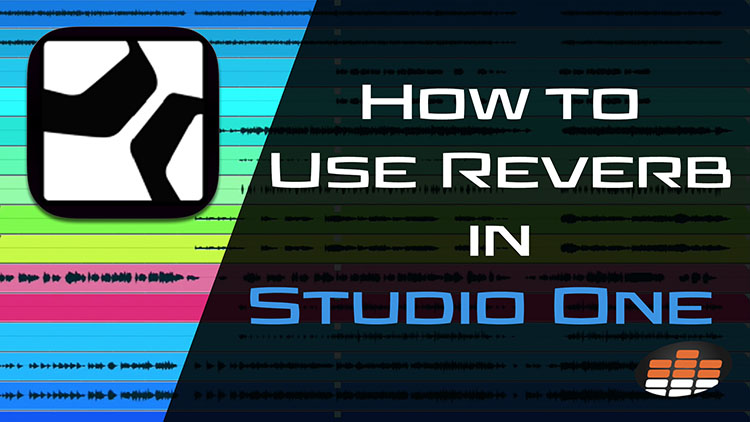Carlo Libertini is a Melodyne audio editing specialist with Music Marketing Inc. of North America. He’s also an audio production engineer with twenty years’ experience, and performs trainings, demonstrations, and services for top studios and institutions across the country. In between production responsibilities he conducts online training seminars, collaborative production meetings, software demonstrations, and video tutorials.
Of course, Carlo is our resident Studio One expert, too! In this quick tip, he teaches us how to use reverb!
Reverb occurs naturally in the world. It’s what we hear as echoes in a cathedral or cave. It’s been utilized in music production for decades, and in its earliest form, studios actually built dedicated echo chambers to create recordable reverb.
Today, reverb plugins make it easier than ever to take advantage of the width and dimension it can give an instrument. Studio One makes it especially easy to bus and send any instrument you want to a reverb return.
Bus/Send Reverb
The first step is to right-click the Send button on the selected track and choose Add Bus for Selected Channels. Next, it’s a good idea to label the new bus something recognizable; in this case, “AcousBUS,” for acoustic guitar. What a send does is route the selected signal not only to the main outputs, but through this new bus channel as well.
Now you can add Studio One’s stock Mixverb on the bus channel. When you play back the signal, your mono instrument will play through a stereo bus with reverb on it!
There will probably be way too much reverb for the material, at which point you can adjust the send level to control the amount of signal going to the reverb. This will help you blend it tastefully into the mix.
Reverb Directly on a Track
You can also put reverb directly onto an instrument, but not without some limitations.
In this example, Carlo shows us how to create stereo width on a mono acoustic guitar by sending it to a stereo reverb bus. If you put a reverb plugin straight onto a mono instrument, the reverb itself will be mono as well. This can be cool for specific sound design applications, but won’t give you the same dimension and width as bussing it.
As always, it’s best to experiment with both methods and find which one works best for the mix!





